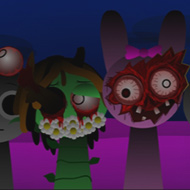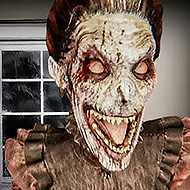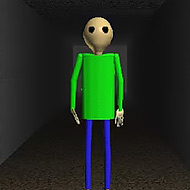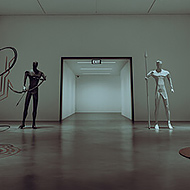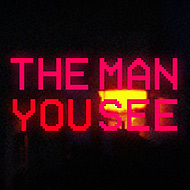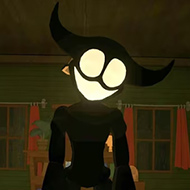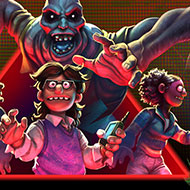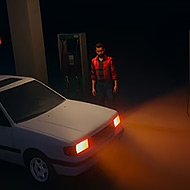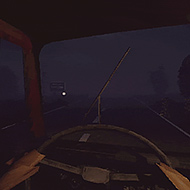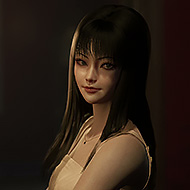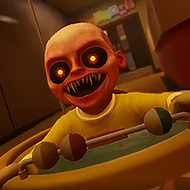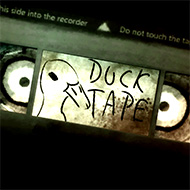The Wolf and the Seven Little Goats (Analog Horror) is a disturbing yet intellectually stimulating horror game that transforms a well-known fairy tale into a twisted analog nightmare. This interactive point-and-click experience challenges players to decipher cryptic environments, face atmospheric tension, and make consequential decisions. Every eerie flicker, haunting sound cue, and pixelated artifact becomes a potential clue in this deeply immersive experience.
Glitched Memories and Twisted Fairy Tales
At first glance, the setting appears familiar: a quiet house, soft music, and a storybook world. But as the game progresses, the cheerful nursery aesthetic unravels. The Wolf and the Seven Little Goats (Analog Horror) drops you into a distorted version of the goat family’s home, now overtaken by static, flickering images, and shadowy audio broadcasts. Exploration is nonlinear, and players must scour every corner to discover:
- Damaged storybook pages that alter the tale’s original meaning
- Corrupted audio files containing reversed messages
- Static-distorted TVs that reveal hidden images or hints when triggered correctly
- Mirrors and reflections that show events that never happen—unless you make them real
Rather than following a simple narrative, the game immerses you in an environment where everything is suspicious. The walls seem to observe your actions. Sound design plays a major role—subtle breathing, analog whines, and garbled voices often provide more information than visual cues. The puzzle design relies heavily on sensory manipulation, making you question your every step.
Choices that Twist the Outcome
This is not a typical horror game where progress is linear or predictable. The Wolf and the Seven Little Goats (Analog Horror) continuously reacts to your behavior. If you linger too long in a forbidden room, the Wolf might appear. If you repeatedly interact with corrupted objects, the game may shift timelines or introduce glitches that affect gameplay mechanics. As you advance, you’ll face disturbing decisions such as:
- Freeing or trapping the goats hidden within the environment
- Following or avoiding ghostly figures that appear for only seconds
- Deciding whether to reset tapes that control time fragments
These actions influence which of several endings you encounter. Some outcomes provide a false sense of resolution. Others raise more questions than they answer. The Wolf is not always the enemy—and the goats may not be innocent. Your understanding of the story is meant to fracture as you discover more secrets. The longer you play, the more the game’s identity begins to glitch alongside your own perception.
Unlockable Content and Replay Layers
Replayability is a major strength of The Wolf and the Seven Little Goats (Analog Horror). Each session reveals new content depending on your previous choices, offering layered lore and escalating tension. Dedicated players may unlock:
- “Goat’s Eye Mode”, a visual filter enabling you to see alternative paths or hidden symbols
- Analog Chaos Events triggered only by failing specific sequences
- Archived memories stored in corrupted VHS tapes, forming a deeper backstory
The puzzles increase in complexity over time, with no handholding or obvious indicators. Players are encouraged to collaborate, record findings, and explore all outcomes. Secrets are buried not just in what is shown—but in what is never explained. Every flicker, freeze, or delay could be a message waiting to be uncovered.
If you’re searching for a horror game that challenges both logic and nerves, The Wolf and the Seven Little Goats (Analog Horror) offers an intricate, unpredictable experience. It rewards curiosity and persistence while punishing recklessness and haste. No two runs are the same, and the longer you play, the more the game seems to watch you back.














































